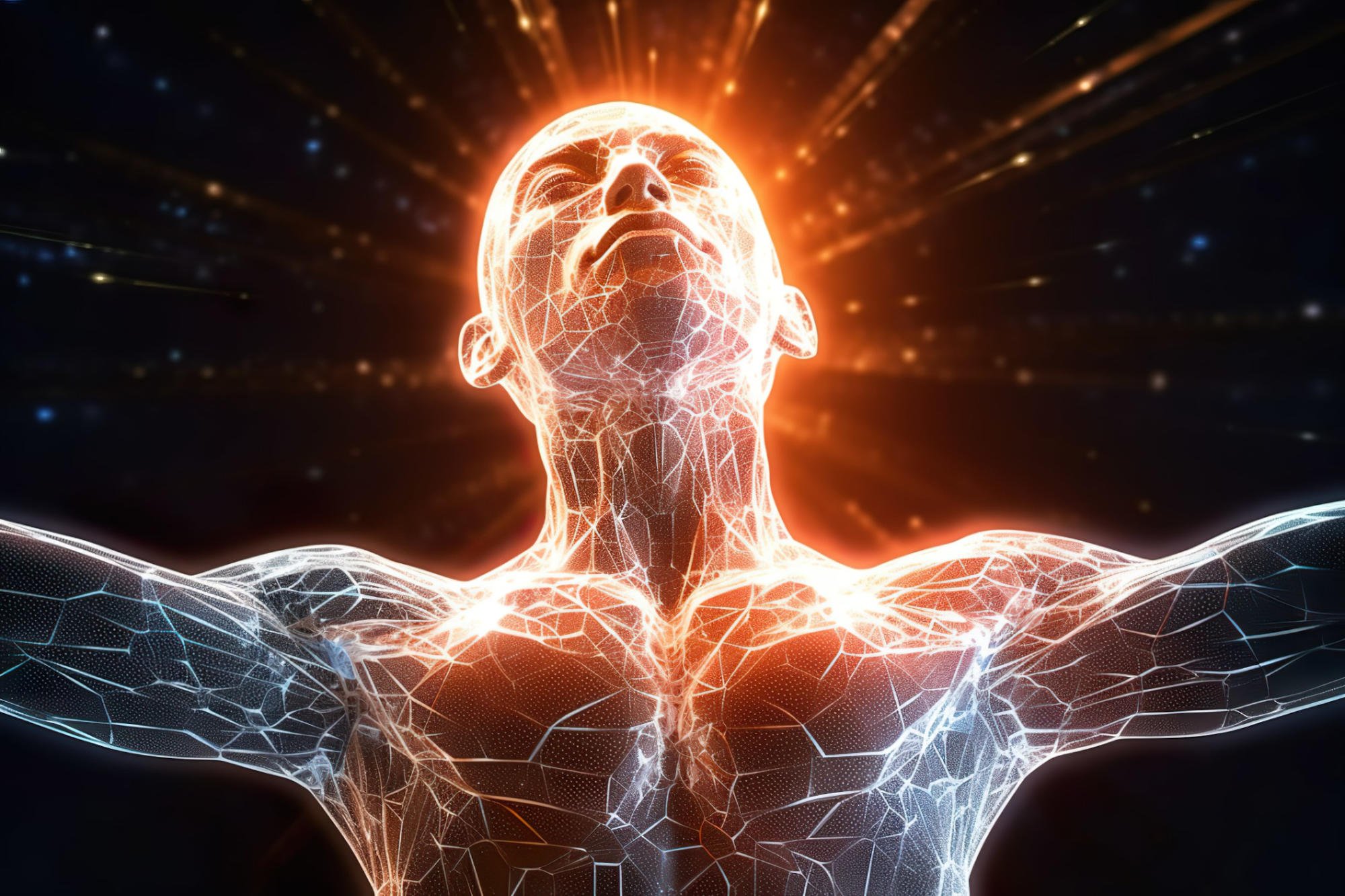Recent research involving mice has shown that molecular circadian clocks in the brain and muscle tissues work together to maintain muscle health, emphasizing the negative impacts of circadian disruptions on aging. The study suggests that both brain and muscle clocks must function harmoniously to prevent muscle aging, with eating patterns also playing a critical role in regulating these clocks.
A recent study in mice has revealed that molecular circadian clocks in the brain and muscle tissue work together to maintain muscle health and daily function. This research could offer crucial insights into how disruptions in circadian rhythms contribute to health problems related to aging and may suggest ways to preserve muscle function as people grow older.
A circadian molecular clock network is crucial for daily physiology and maintaining health. It’s thought that this network – which extends throughout all cells in the body – is hierarchically organized and coordinated by the brain’s suprachiasmatic nucleus (SCN), which receives daily light cues and synchronizes independent circadian clocks throughout the body.
Autonomous Functions of Peripheral Tissue Clocks
However, peripheral tissue clocks can also autonomously receive and respond to specific external cues. The mechanisms underlying this circadian organization and their role in maintaining physiological function and health are not fully understood. Previous research has shown that mice lacking the circadian clock gene Bmal1 show disrupted muscle clock rhythmicity as well as premature aging and muscle wasting.
Using a novel global Bmal1 knockout mouse model that prevents Bmal1 expression but allows Bmal1 function to be reconstituted in any tissue of choice, Arun Kumar and colleagues investigated the interactions between the brain and muscle clocks and whether the disruption of these interactions contributes to the overserved effects of muscle aging in mice. Kumar et al. restored clock function in three mouse lines via targeted expression of Bmal1 in the brain or skeletal muscle tissue or both and found that restoration of both clocks was needed to inhibit premature aging and muscle dysfunction, suggesting that this brain-muscle communication is required for proper muscle function and health.
The authors also show that time-restricted feeding during the active dark phase (nighttime) could partially replace the function of the central clock in the brain and enhance the overall autonomy of the muscle clock, underscoring the importance of eating patterns on molecular clock interactions. “These results highlight the potential for genetic and physiological reprogramming of the intrinsic aging clock machinery toward a more youthful state and have implications for strategies to prevent circadian rhythm disruptions caused by modern lifestyles and for developing treatments for age-related diseases and aging itself,” the authors write.
Reference: “Brain-muscle communication prevents muscle aging by maintaining daily physiology” by Arun Kumar, Mireia Vaca-Dempere, Thomas Mortimer, Oleg Deryagin, Jacob G. Smith, Paul Petrus, Kevin B. Koronowski, Carolina M. Greco, Jessica Segalés, Eva Andrés, Vera Lukesova, Valentina M. Zinna, Patrick-Simon Welz, Antonio L. Serrano, Eusebio Perdiguero, Paolo Sassone-Corsi, Salvador Aznar Benitah and Pura Muñoz-Cánoves, 2 May 2024, Science.
DOI: 10.1126/science.adj8533

Dr. Thomas Hughes is a UK-based scientist and science communicator who makes complex topics accessible to readers. His articles explore breakthroughs in various scientific disciplines, from space exploration to cutting-edge research.








